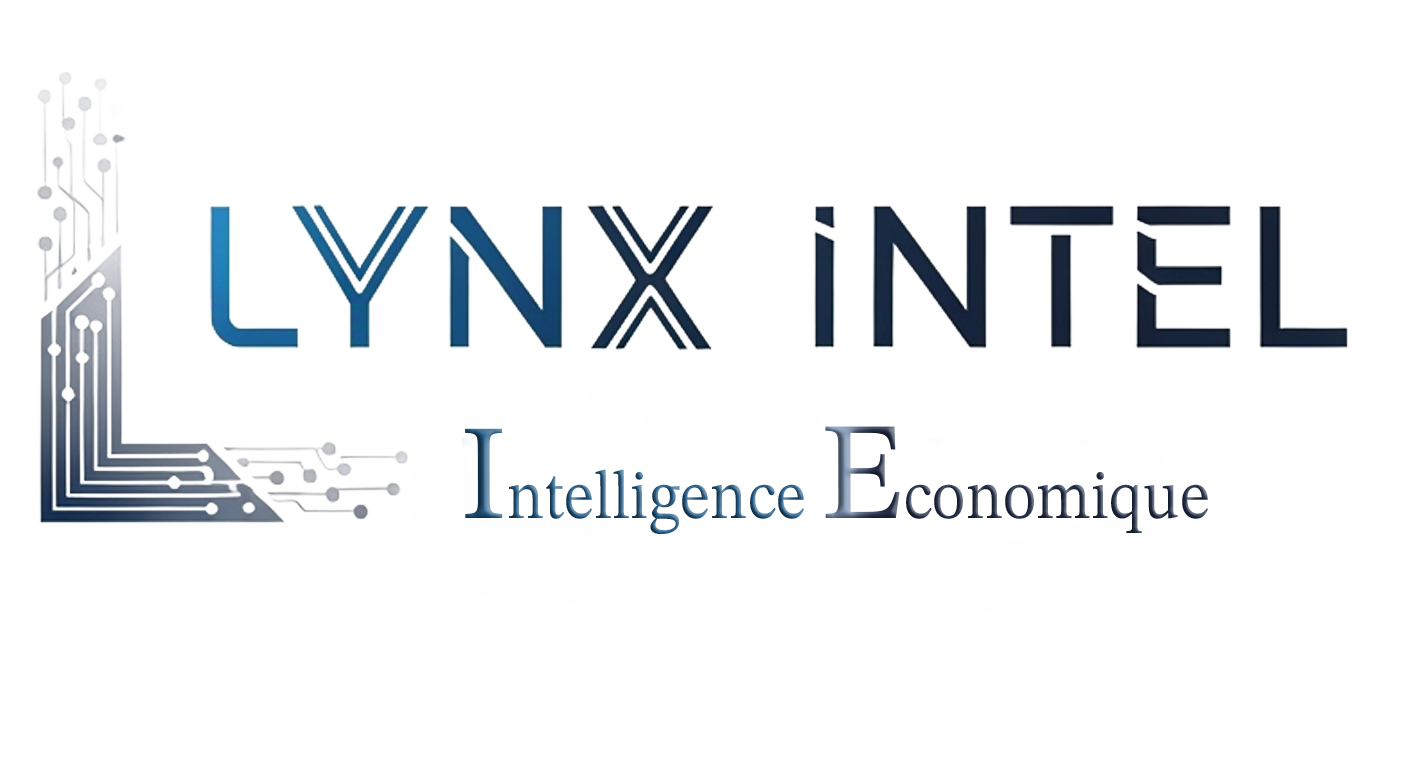In today’s rapidly evolving technological landscape, the adoption of artificial intelligence (AI) in enterprises is accelerating more than ever. However, as per IBM’s observations, data silos continue to be one of the most significant barriers obstructing the effective, widespread application of AI. This article delves into why these data silos exist, their impact on AI initiatives, and strategies enterprises can employ to overcome this pressing challenge and maximize AI-driven innovation.
What Are Data Silos?
Data silos are isolated pockets of data storage within an organization. These silos typically arise when different departments—such as finance, marketing, or human resources—use independent systems with their own standards and data collection frameworks. While initially convenient for specific departmental usage, these isolated systems create fragmentation, making enterprise-wide data analysis an uphill task.
Notably, IBM reports that setting up an AI project can entail significant delays, with companies spending 6 to 12 months merely preparing their fragmented data for actionable analysis. This inefficiency hampers the ability of enterprises to fully leverage AI’s potential to drive insights and innovation.
How Data Silos Disrupt AI Projects
The costs of maintaining data silos go beyond inconvenience—they directly affect project timelines and budgets. According to a study by the IBM Institute for Business Value, which surveyed 1,700 Chief Data Officers (CDOs), 92% stated that aligning data to clear business outcomes is crucial for project success. However, only 29% felt confident in their organization’s ability to measure these outcomes.
Additionally, data silos delay decision-making and slow the pace of innovation. Enterprises that fail to address this issue risk losing their competitive edge in today’s fast-paced economy. Eliminating silos is therefore vital for enterprises aiming to implement efficient AI projects that allow faster, data-driven strategic insights.
Modern Technological Solutions
Historically, organizations sought to resolve data silos by centralizing all their data in a singular ‘data lake’. While theoretically sound, this solution often proved costly, complex, and slow. Today, modern architectures such as ‘data mesh’ and ‘data fabric’ provide more practical, scalable alternatives.
- Data Mesh: A decentralized approach that emphasizes data ownership across departments while allowing data accessibility organization-wide through standardized governance practices.
- Data Fabric: A virtualized architectural framework enabling seamless data access from disparate locations without moving the data itself. This ensures consistency, security, and efficiency.
IBM advocates for these advanced frameworks, citing their ability to significantly reduce the time spent on data preparation while making AI initiatives more scalable and accessible.
Governance and Data Sovereignty Challenges
While making data accessible is essential, it also introduces challenges related to governance and security. Collaborative efforts between Chief Data Officers (CDOs) and Chief Information Security Officers (CISOs) have become critical to ensure that data remains secure yet readily usable.
Another pressing issue is data sovereignty. According to IBM’s findings, 82% of CDOs prioritize compliance with local data regulations in their risk management strategies. Achieving this balance calls for investments in skilled personnel and advanced technology to monitor compliance without compromising data accessibility.
The Importance of Talent in Driving Transformation
The human aspect of AI transformation often gets overlooked but is equally crucial to breaking down data silos. IBM’s research forecasts that by 2025, 77% of organizations will struggle to attract and retain the necessary talent for AI strategy execution—a significant increase from 62% in 2024. Furthermore, roles focusing on emerging technologies like generative AI are now in high demand, as cited by 82% of surveyed CDOs.
As Hiroshi Okuyama, Chief Digital Officer at Yanmar Holdings, aptly notes, “Shifting corporate culture is challenging, but decision-makers increasingly understand the importance of grounding their strategies in clear, data-driven evidence.”
Case Studies: Medtronic and Matrix Renewables
Several enterprises have already demonstrated how breaking down data silos can drive transformative results:
- Medtronic: This healthcare technology leader implemented an AI-powered solution that automated document matching, reducing the average processing time per invoice from 20 minutes to a mere 8 seconds, all while achieving accuracy rates above 99%.
- Matrix Renewables: By centralizing their data systems, this renewable energy firm cut reporting times by 75% and reduced costly downtimes by 10%, setting a new benchmark for operational efficiency.
How to Build a Data-Driven AI Future
Successfully harnessing AI’s potential requires enterprises to address systemic issues created by data silos. Here are two crucial steps for building an AI-powered future:
- Adopt Federated Data Architectures: Invest in modern frameworks like data mesh or data fabric to dismantle silos and enable seamless collaboration across departments.
- Boost Data Literacy: Encourage organization-wide data literacy programs to empower employees to effectively utilize data in their workflows, fostering a culture of innovation at every level.
The ultimate goal is to transition from isolated AI projects to intelligent automation at an enterprise scale. Organizations treating data as a strategic asset stand the best chance of achieving sustainable growth and innovation.
Conclusion
In conclusion, data silos are one of the most pressing challenges undermining artificial intelligence’s efficacy in enterprises. However, with advanced technological solutions, strong governance protocols, and a skilled workforce, organizations can overcome these barriers and position themselves for long-term success.
At Lynx Intel, we specialize in helping businesses break free from outdated systems and maximize their data’s potential. Don’t let your data sit idle in silos—turn it into a driver of innovation and efficiency with our expert AI integration services. Contact us today to learn how we can help.


